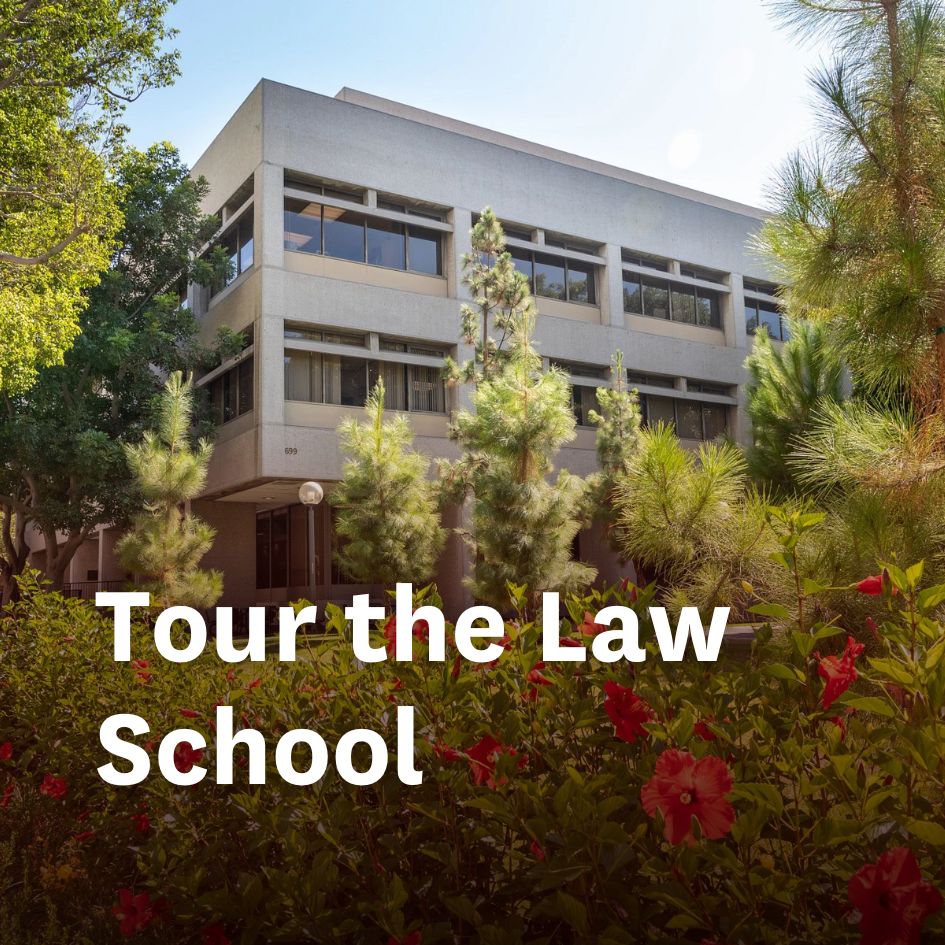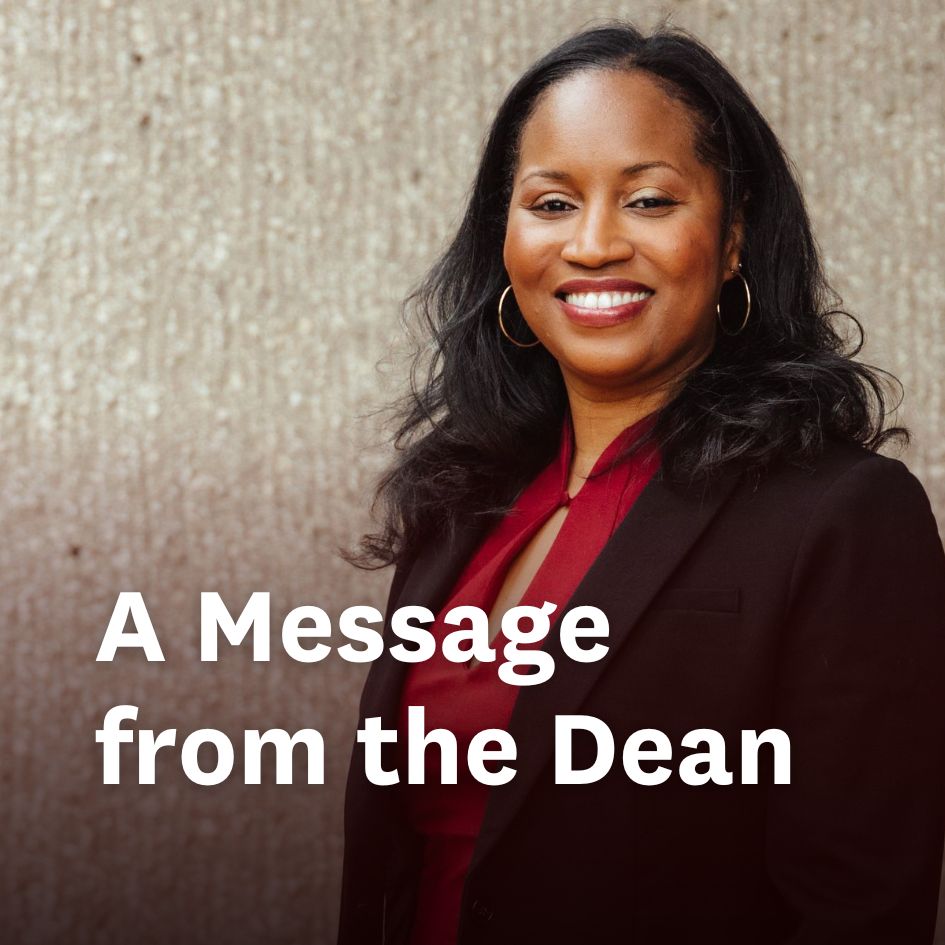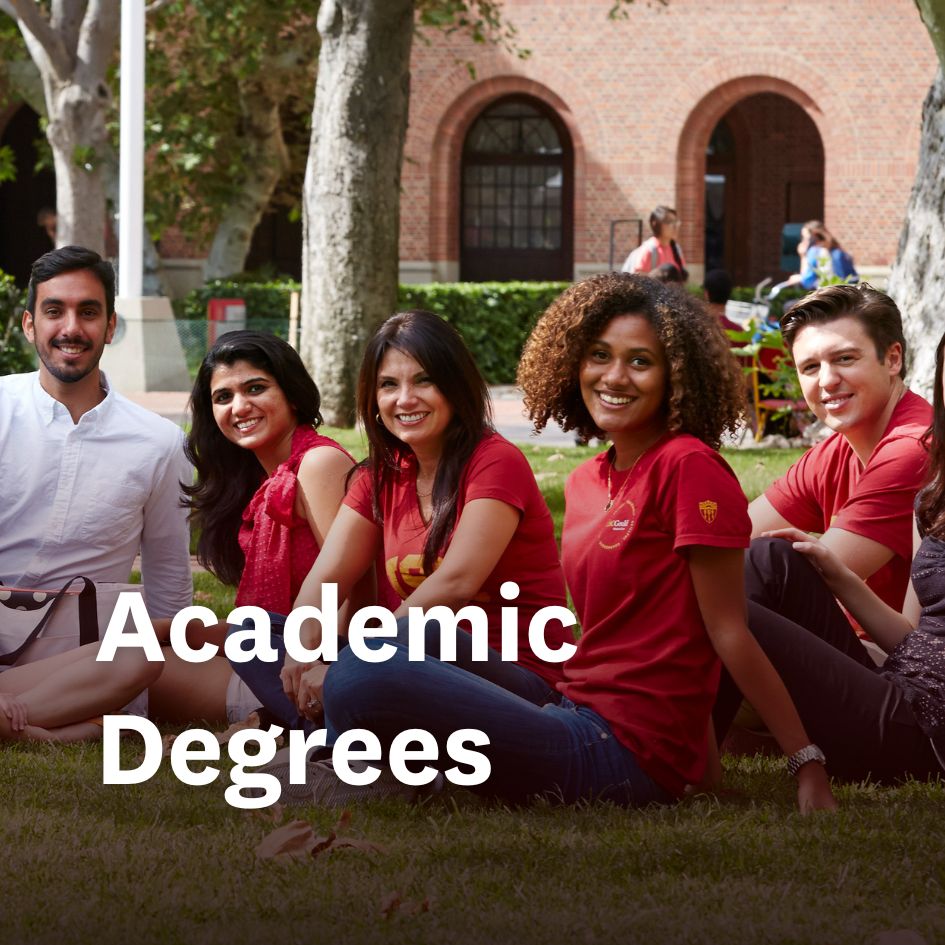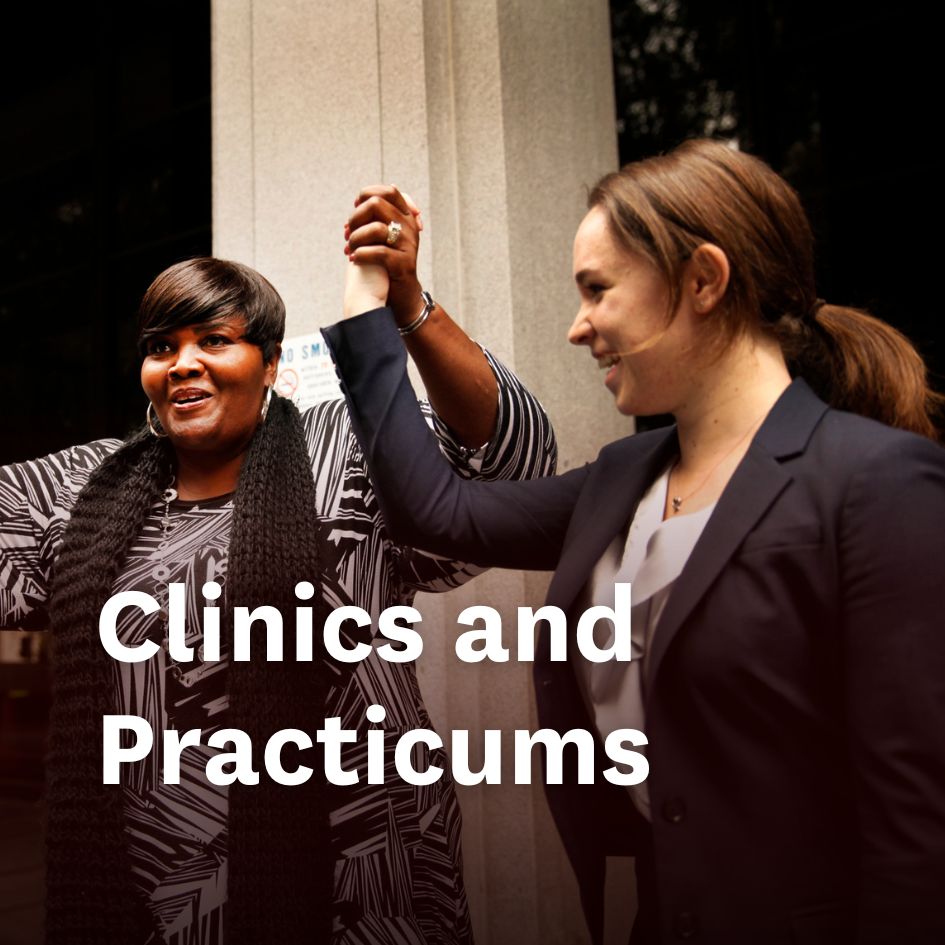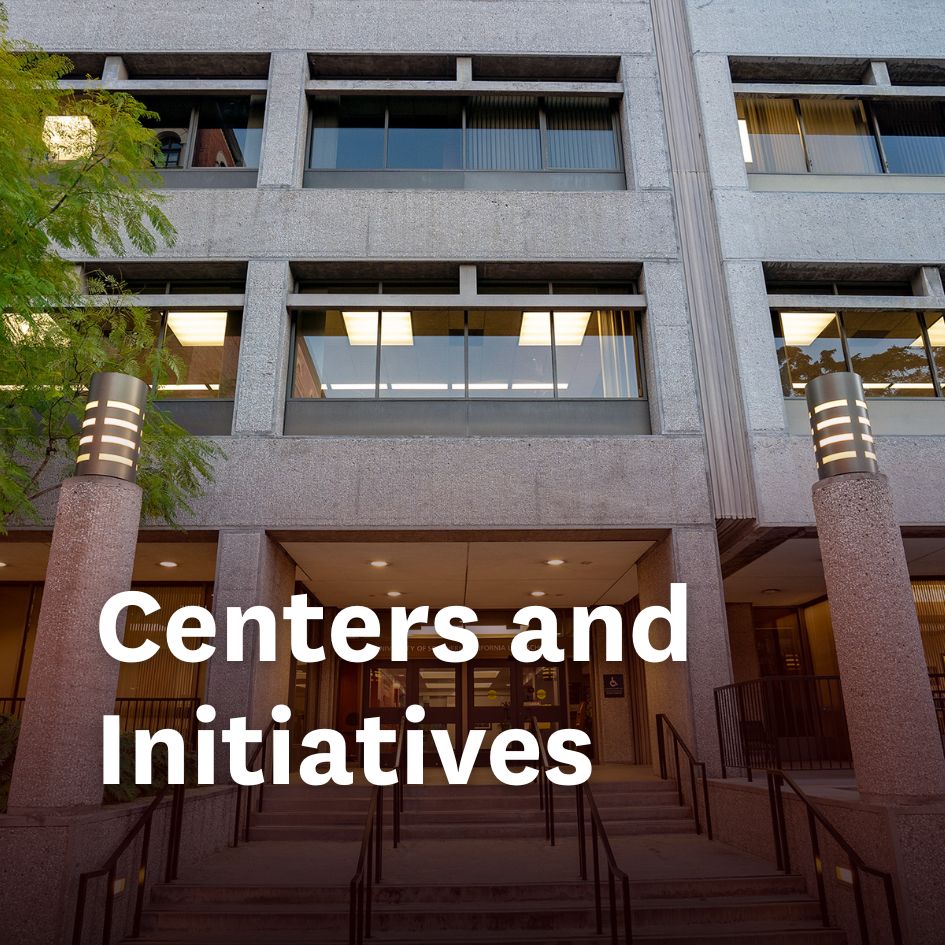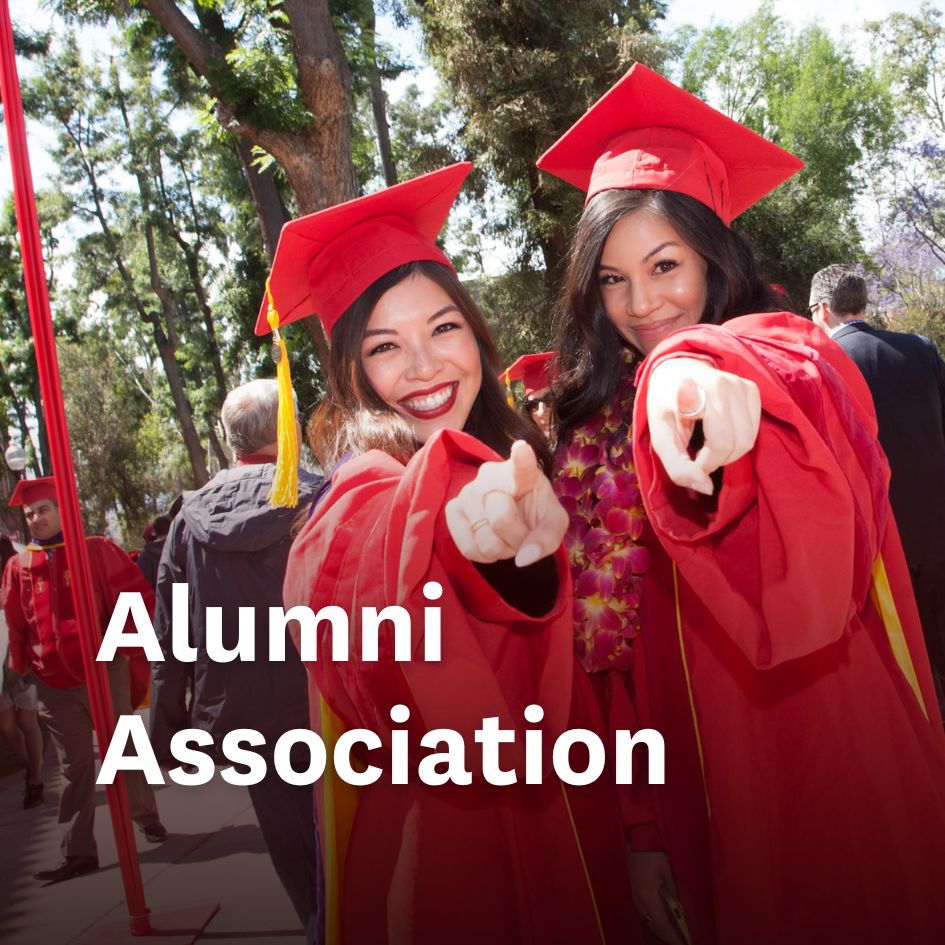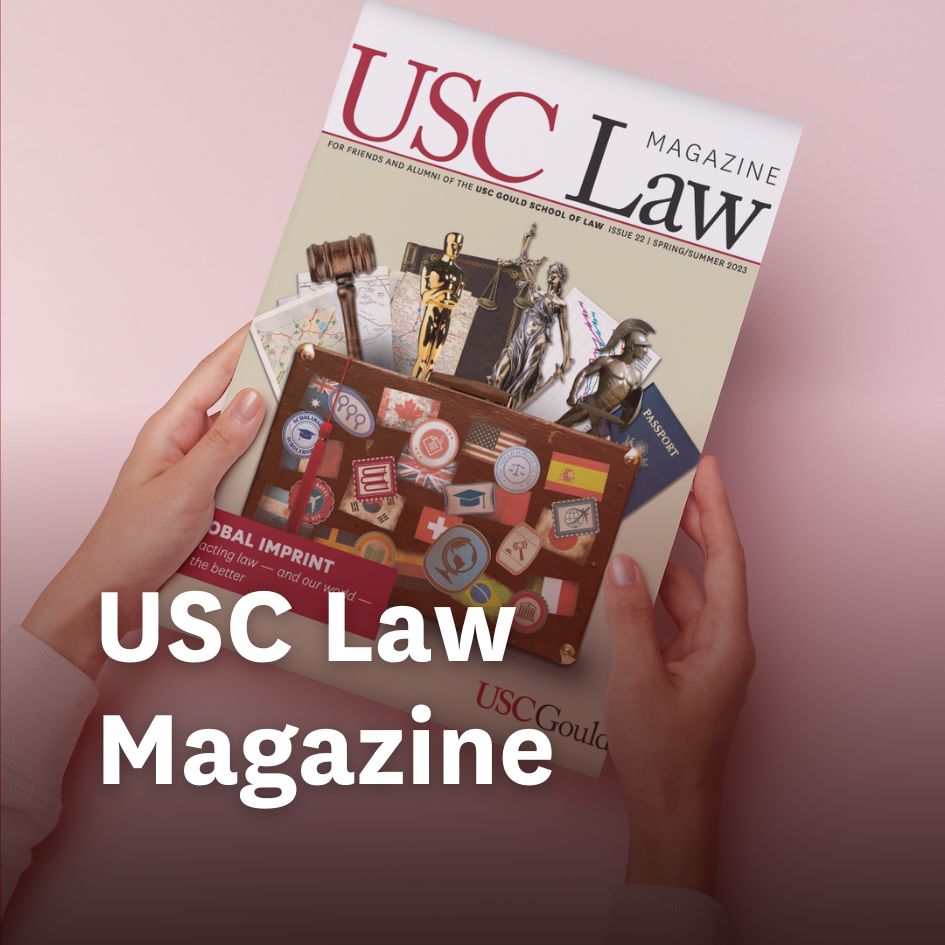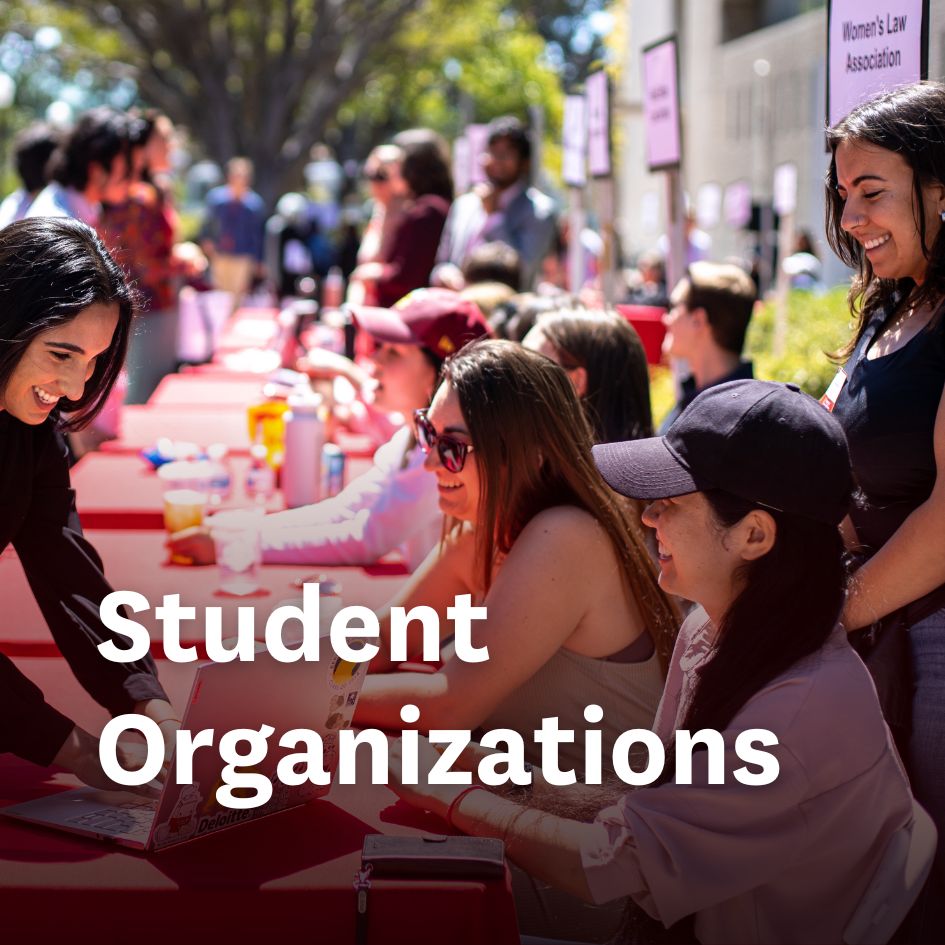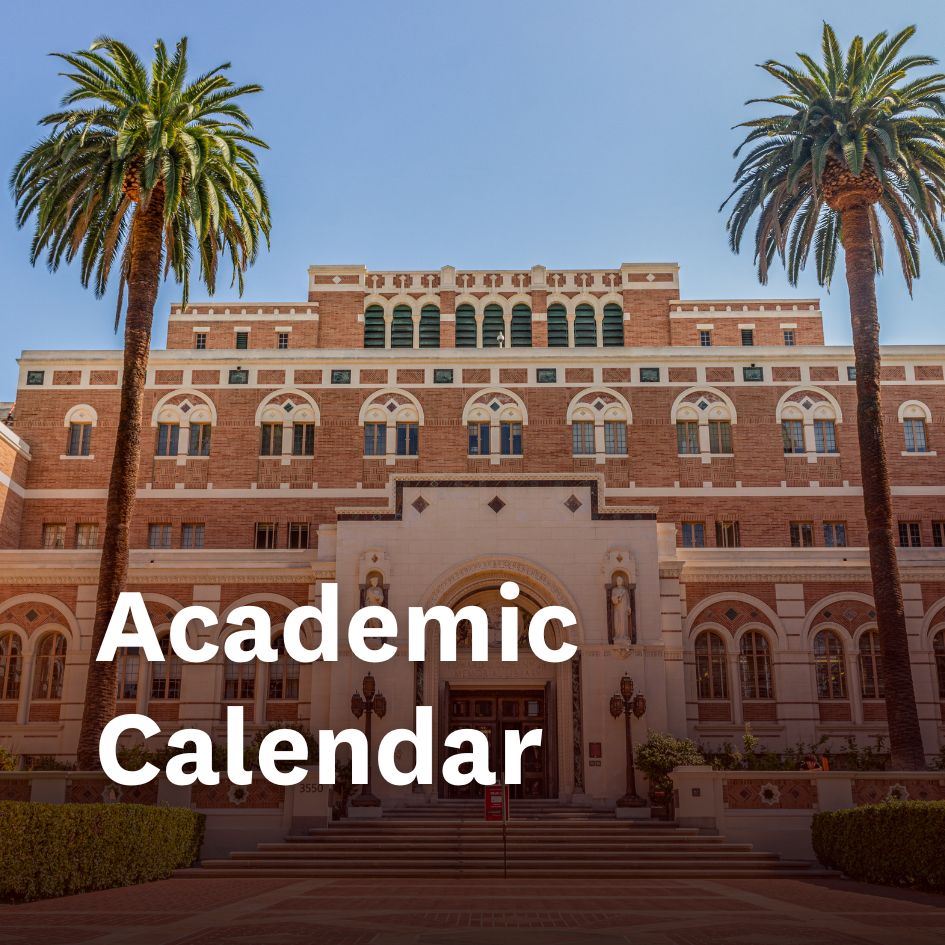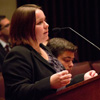Hale Moot Court Finalists Argue for Top Spot
by Darren Schenck
Photos by Mikel Healey
Fifteen minutes. For the four contenders in the final round of the USC Law Hale Moot Court Honors Program competition, the countless hours spent researching and writing their briefs, rehearsing their arguments and gutting their way through three rounds of competition came down to a final 15 minutes to make – or break – their case before a panel of three prominent appellate judges.
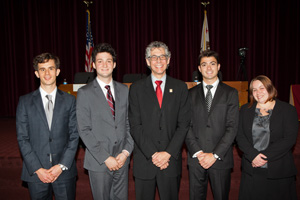 |
| From left: Brendan Charney, Jackson Trugman, Dean Robert K. Rasmussen, Devin Murtaugh and Megan Hopkins |
After an hour of often-intense back-and-forth between the students and judges, the panel retired to deliberate. When the judges reconvened, they told the students that they were so impressive, any one of them could have won on any given day – but on Friday, March 2, the winner was Megan Hopkins ’13.
The other finalists were runner-up Devin Murtaugh ’13, Brendan Charney ’13 and Jackson Trugman ’13.
Presiding over the final round were the Honorable Joseph J. Farris of the United States Court of Appeals for the Ninth Circuit; the Honorable Ruggero J. Aldisert of the United States Court of Appeals for the Third Circuit; and the Honorable Nora M. Manella of the California Court of Appeal.
USC Law’s Hale Moot Court is a student-run honors program whose board comprises 3L students who participated in the program the previous year. The board invites all first-year students to compete in qualifying rounds each spring, and then offers 40 1Ls the opportunity to compete during their 2L year.
Board members create a topic that involves two legal issues, and each participant drafts an appellate brief on behalf of either the petitioner or respondent. As participants move through each round of competition, some who have argued for one side must take the other side during the next round.
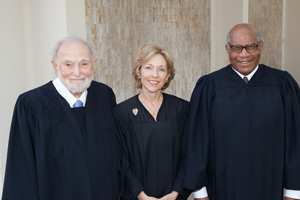 |
| From left: Judge Aldisert, Justice Manella, Judge Farris |
Prof. Rebecca Lonergan serves as faculty advisor to the program.
This year, students argued a case regarding a defendant’s rights under the Fourth Amendment and Sixth Amendment of the U.S. Constitution. The first issue involved a government agent who, while executing a search warrant for evidence of financial fraud, seized and searched all of the defendant’s computer files, finding evidence of terrorist bomb plot. Participants take either side of the question: was the seizure of evidence proper under the plain-view doctrine?
The other issue asked if Federal Rule of Evidence 606(b) precluded a court from hearing testimony from a juror that demonstrates another juror made racially biased comments during deliberations and lied during voir dire.
Each of the judges praised the finalists’ preparation and performances.
“It’s very difficult – very difficult – when you’re all so good, to make these distinctions [among you],” Justice Manella said. “What you all have in common is complete mastery of your material. You were all superb. If I saw this quality of lawyer every time I took the bench, my life would be a dream!”
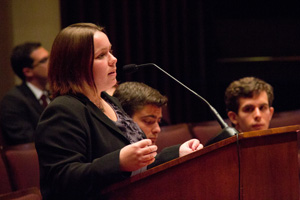 |
| Megan Hopkins was declared the winner |
Judge Farris agreed with his sister judge, and he said that participating in the event made him think of his own experience arguing Moot Court as a law student. He also offered the students some advice.
“A case turns on very narrow issues,” he said. “You need to think: ‘What is the narrow issue on which this case turns?’ and then get an acceptable answer to that question. And when there’s a decision blocking the way to the answer you want, you have to build a bridge for the court to get across it.”
Judge Aldisert praised the students and reflected on his 50 years of service on the bench.
“Last November I turned 92. I am in my chambers four days a week, because I think, ‘What great things are we going to do today?’” he said. “I love the law. The law profession is to me the most satisfactory of all the professions.”


